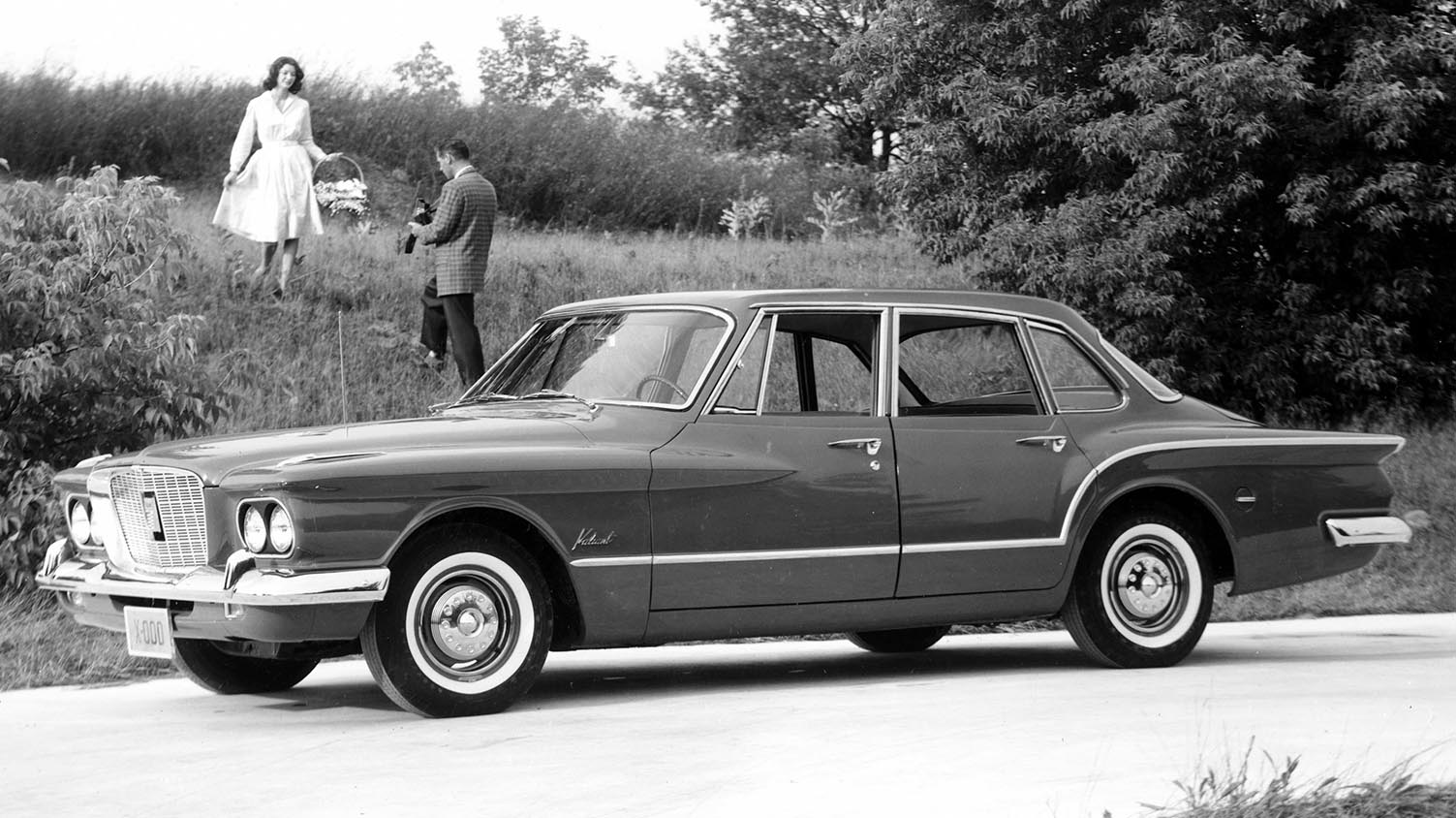
The 1960 Plymouth Valiant Four-Door was more than just another family sedan. It arrived during a turning point in American automotive history, when efficiency and compact design suddenly became fashionable. Chrysler created the Valiant as its answer to a new wave of smaller, smarter cars. It was unconventional, confident, and different in all the right ways.
Origins of the 1960 Plymouth Valiant Four-Door
When the Valiant debuted in 1960, it represented Plymouth’s shift toward compact practicality. Detroit’s big names had been building larger cars for years, but the market was changing. Imports were gaining attention, and buyers wanted something easier to park, drive, and maintain.
The Valiant was Chrysler’s first serious response to that challenge. Unlike many rivals, it wasn’t just a downsized version of an existing model. Engineers developed an entirely new platform that emphasized space efficiency, strength, and style. The car’s compact footprint hid a roomy interior, and its distinct styling, complete with dramatic tailfins and sculpted lines, stood out on the streets.
Design and Engineering Highlights
The 1960 Plymouth Valiant Four-Door featured an unmistakable design by Virgil Exner, known for his bold “Forward Look” philosophy. The body was smaller, but the styling retained a sense of flair typical of the era. A strong unibody structure replaced the traditional body-on-frame layout, improving rigidity and reducing weight.
Inside, the Valiant offered surprisingly generous space for its class. Its instrument cluster and dashboard design carried hints of larger Plymouth models but with a simpler layout. The car balanced practicality with design confidence, avoiding the stripped-down feel that often plagued early compacts.
Power and Performance of the 1960 Plymouth Valiant Four-Door
Under the hood, the 1960 Plymouth Valiant Four-Door introduced one of Chrysler’s most enduring engines, the 170 cubic-inch Slant Six. This inline-six earned its name from the 30-degree angle it sat at, allowing a lower hood line and improved weight distribution.
With around 101 horsepower, the Slant Six wasn’t built for speed, but it offered smooth performance and exceptional durability. Paired with either a three-speed manual or a push-button automatic transmission, it gave the Valiant enough punch for city driving and steady highway cruising.
The lightweight construction helped with fuel efficiency and handling. The car’s steering and suspension setup made it more agile than its full-size relatives, appealing to drivers who wanted something manageable without feeling underpowered.
Heritage and Cultural Impact
The 1960 Plymouth Valiant Four-Door helped reshape Chrysler’s image. It proved the company could compete in the growing compact segment while retaining its design identity. It also set the stage for future Valiant generations that would become staples of reliability and simplicity throughout the 1960s and 1970s.
Although the styling was polarizing at the time, the Valiant earned respect for its engineering. The Slant Six engine in particular became legendary for its toughness, surviving long after the model itself left production.
Collectors today view the 1960 model as a milestone, a starting point for Chrysler’s modern compact philosophy and an early sign that American automakers could adapt to new demands without losing personality.
Summary
The 1960 Plymouth Valiant Four-Door wasn’t flashy or fast, but it was forward-thinking. It captured a moment when American carmakers started to take compact design seriously. With its unique engineering, durable Slant Six engine, and bold styling, the Valiant remains a symbol of transition, when Chrysler decided to think smaller, smarter, and ahead of its time.
Disclaimer: Content on this site is for informational purposes only. Vehicle specs, pricing, and availability may change. Always verify details with official sources before making decisions. Opinions are those of the authors.
Source: Stellantis
